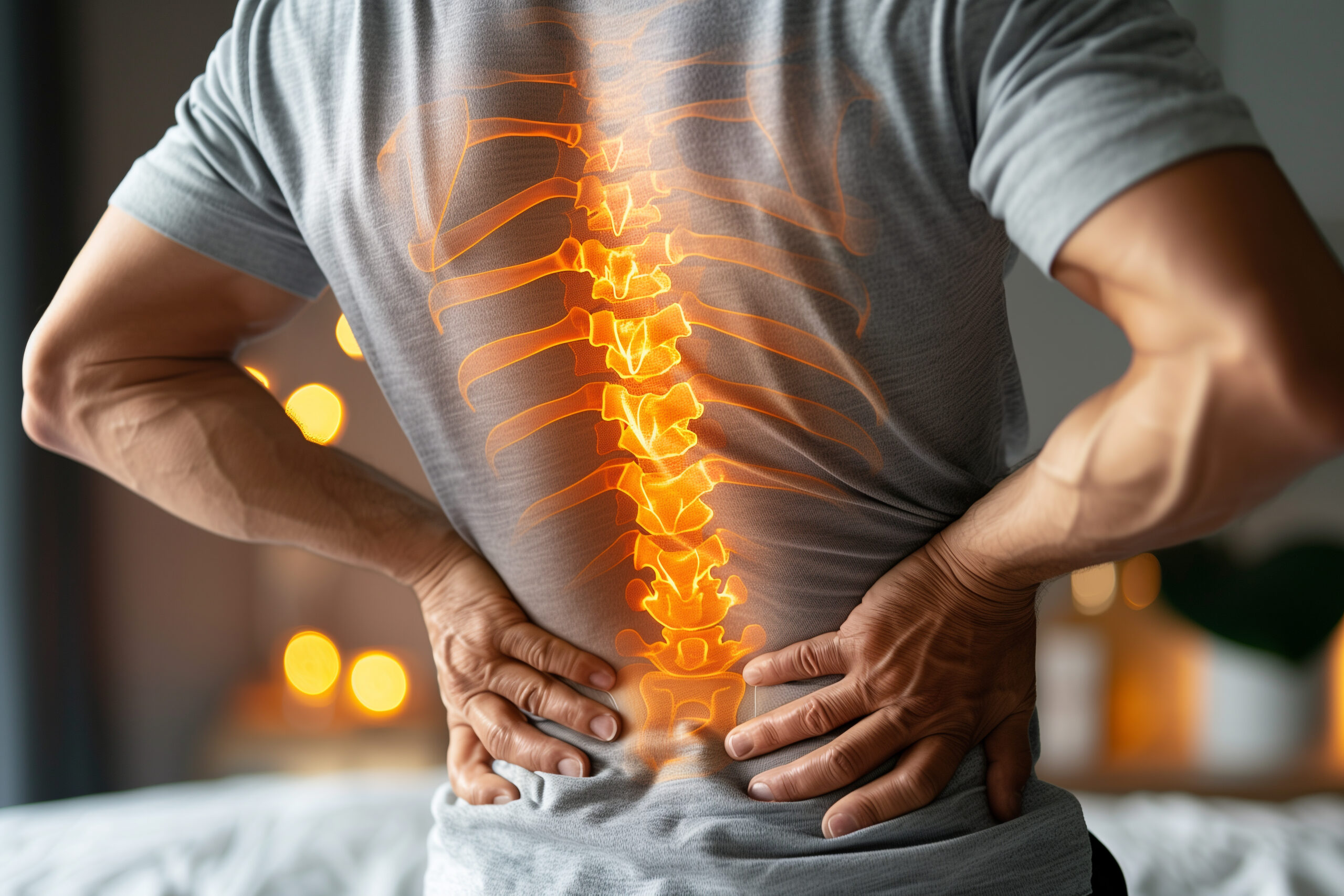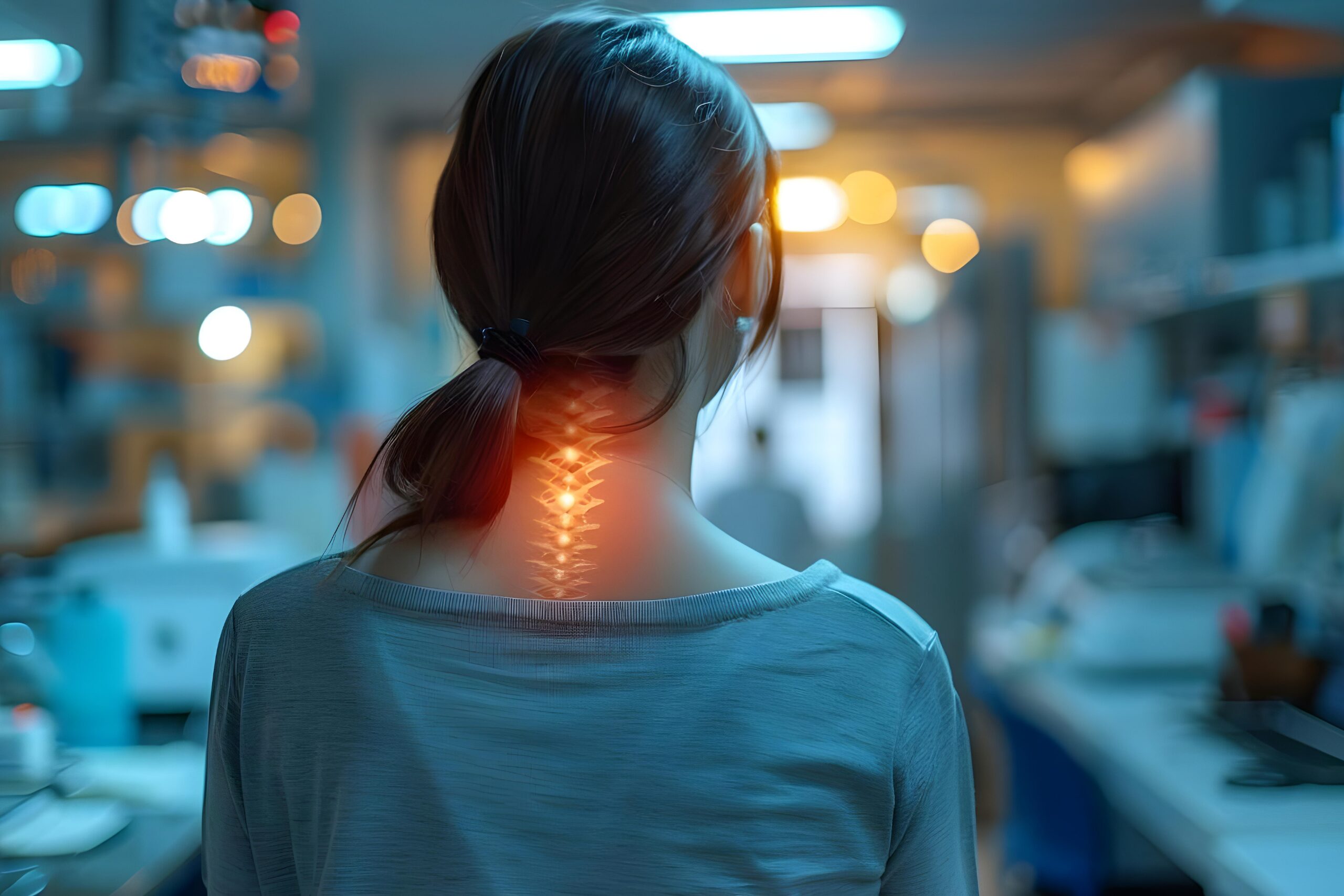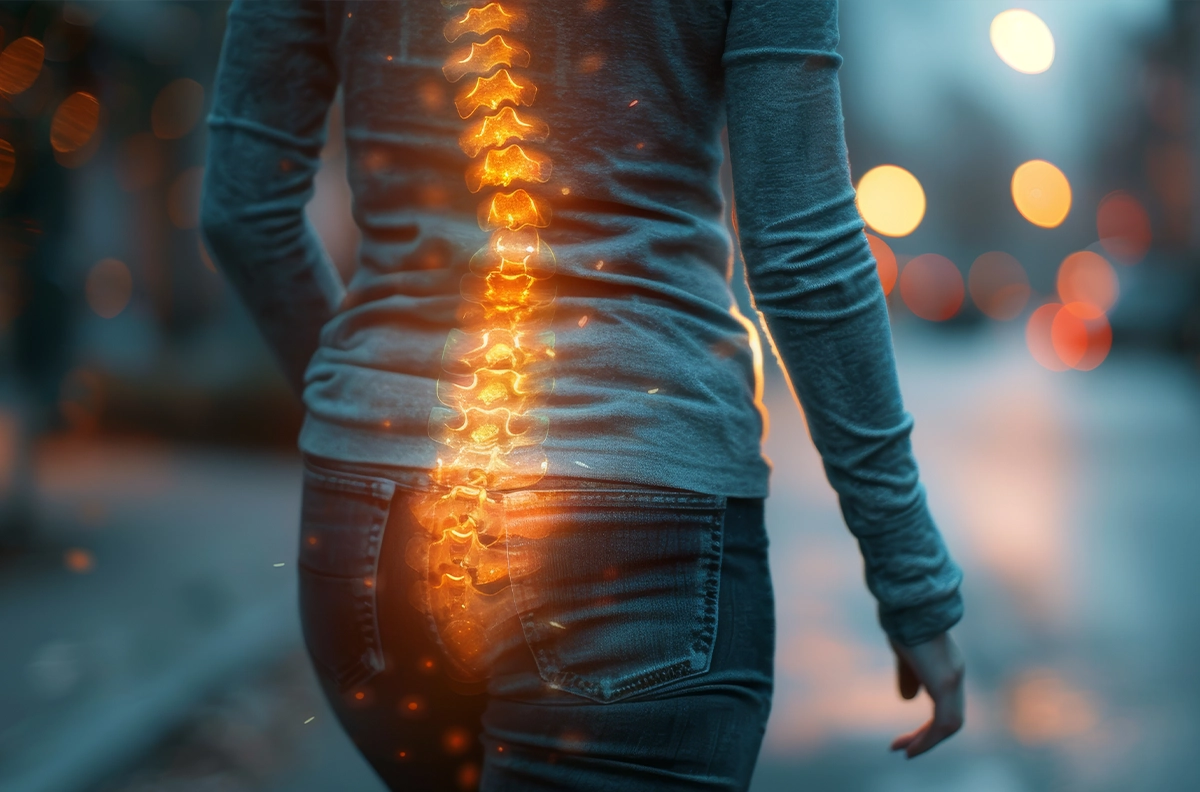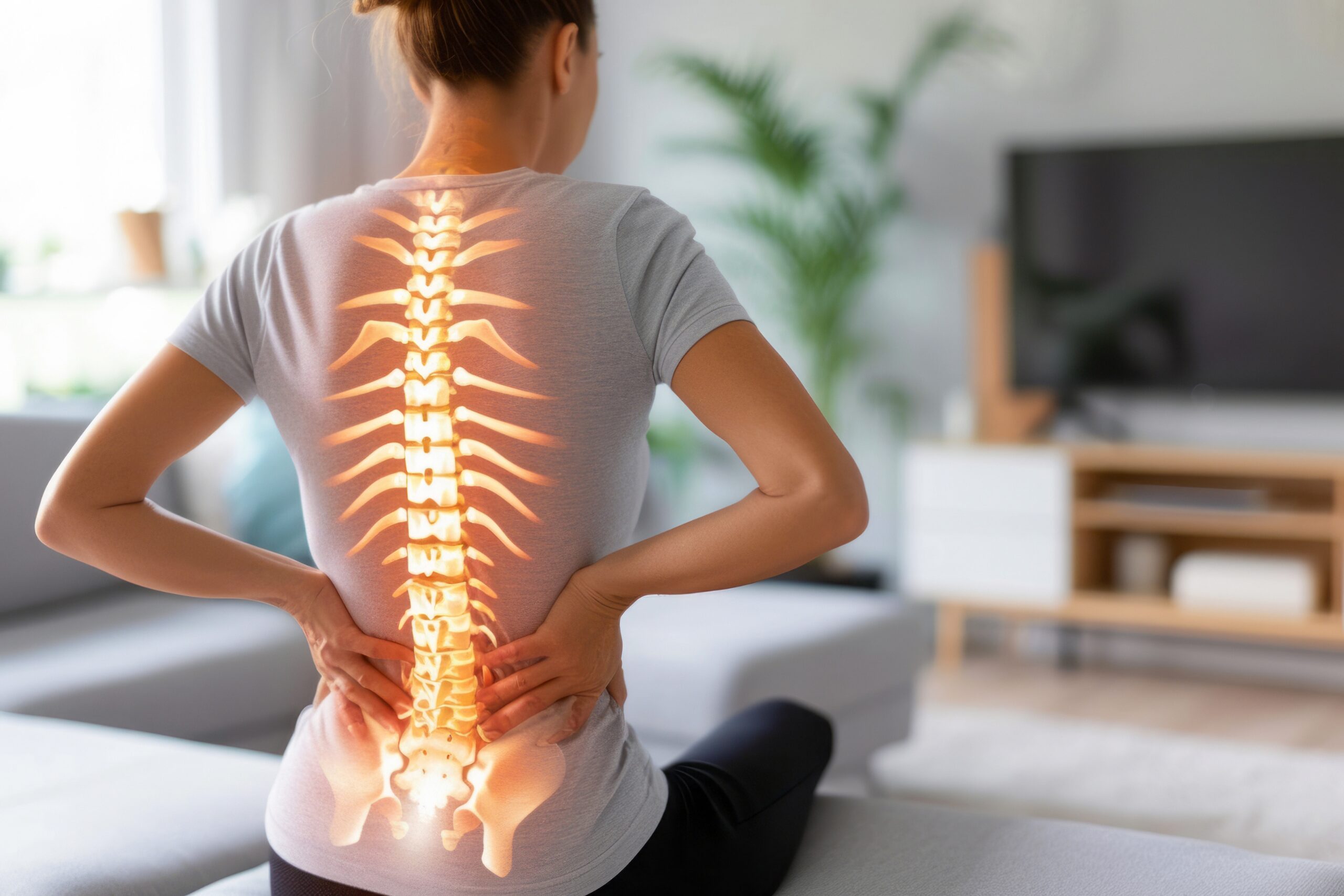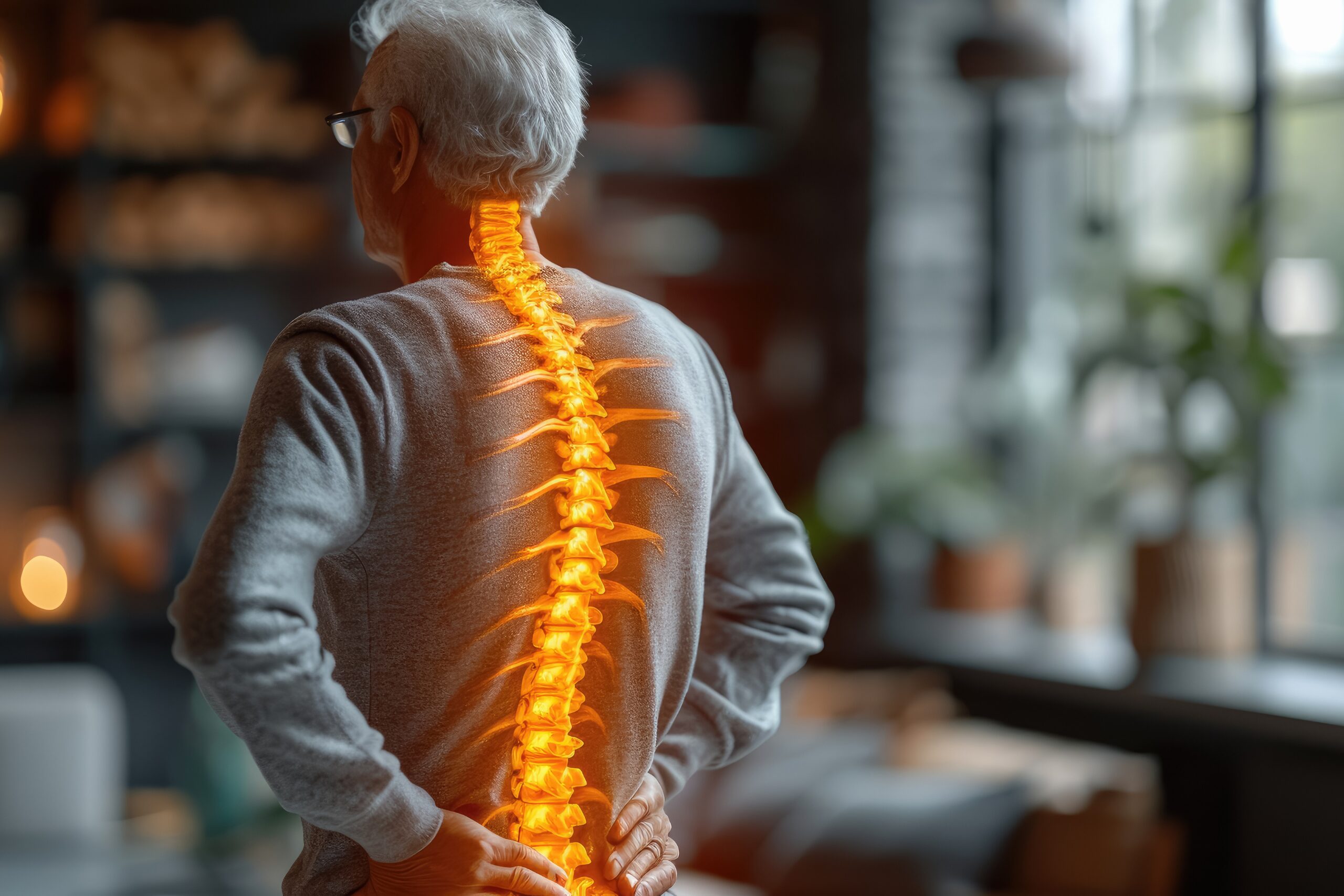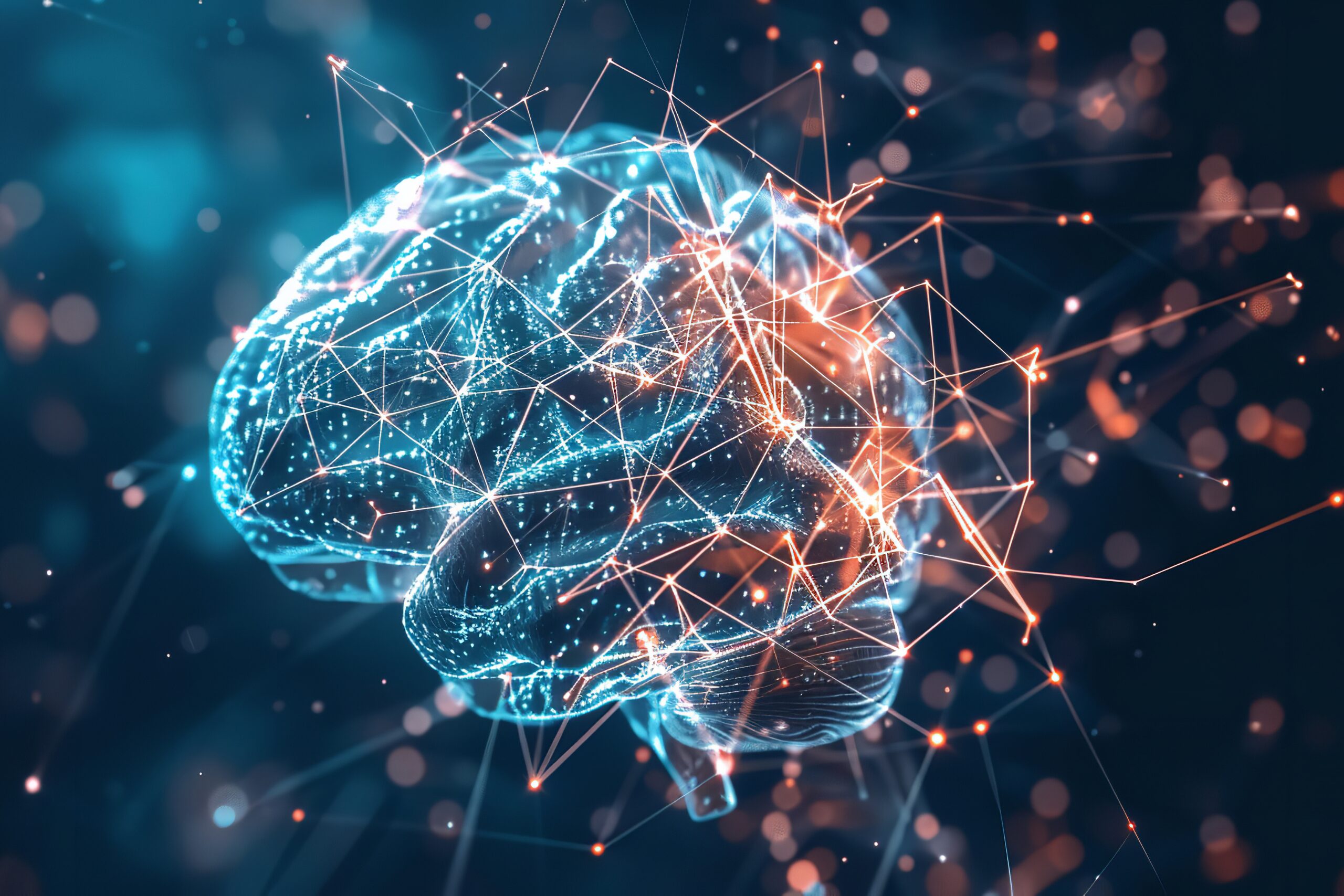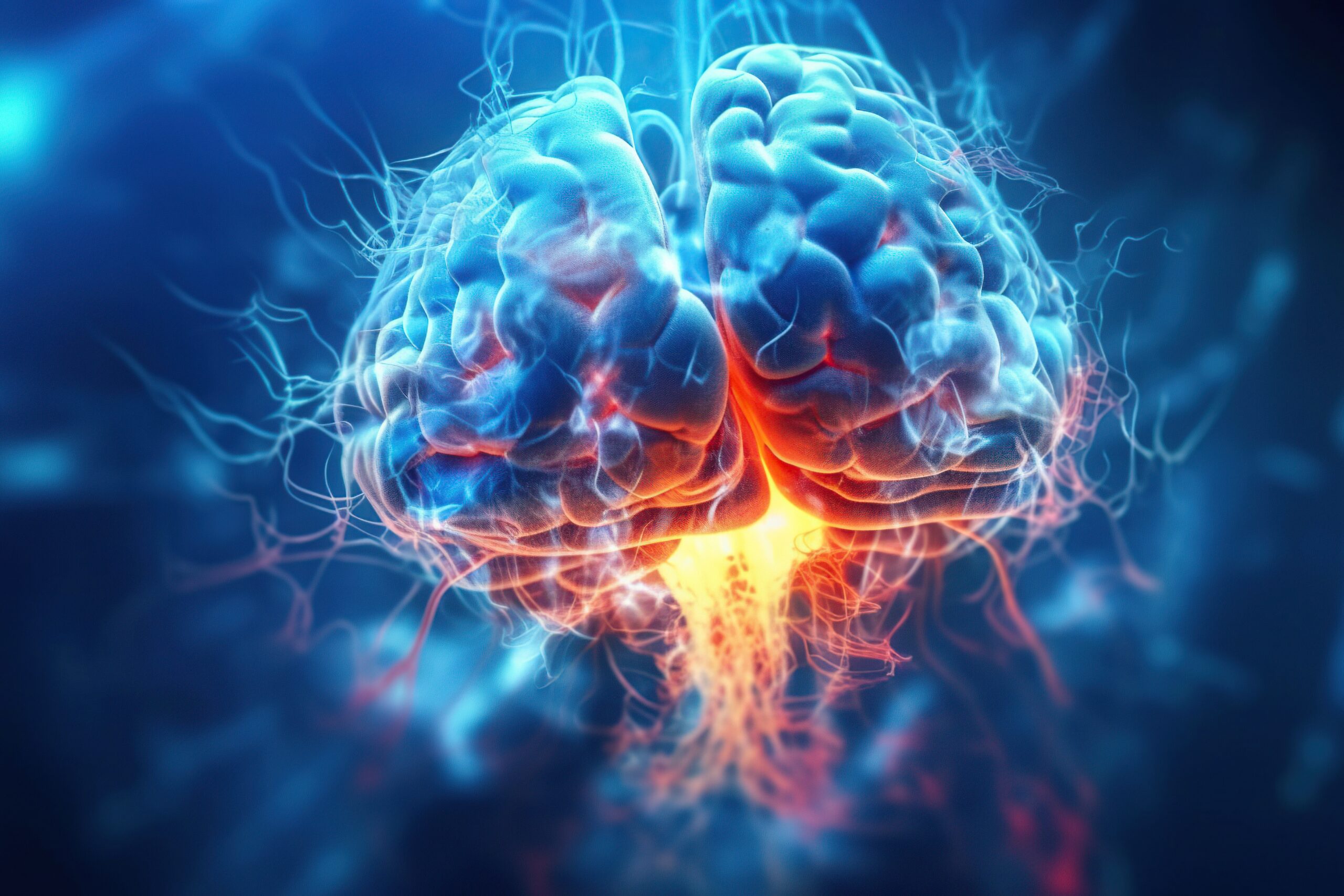Op. Dr. Tahsin SAYGI
Lumbar Spinal Stenosis (Lumbar Spinal Stenosis) Definition, Causes, Symptoms and Treatment Methods
Spinal canal narrowing is a health problem that can affect many people throughout life. This condition occurs when the spinal canal is narrowed for various reasons and presses on the spinal cord and nerve roots. This disease, which is especially seen in the lumbar region, can also be seen in the back and neck. This disease may cause mild complaints or may impair the quality of life at a level that affects the performance of daily activities. In this article, we will discuss in detail the causes, symptoms, diagnostic methods and treatment options of spinal canal narrowing.
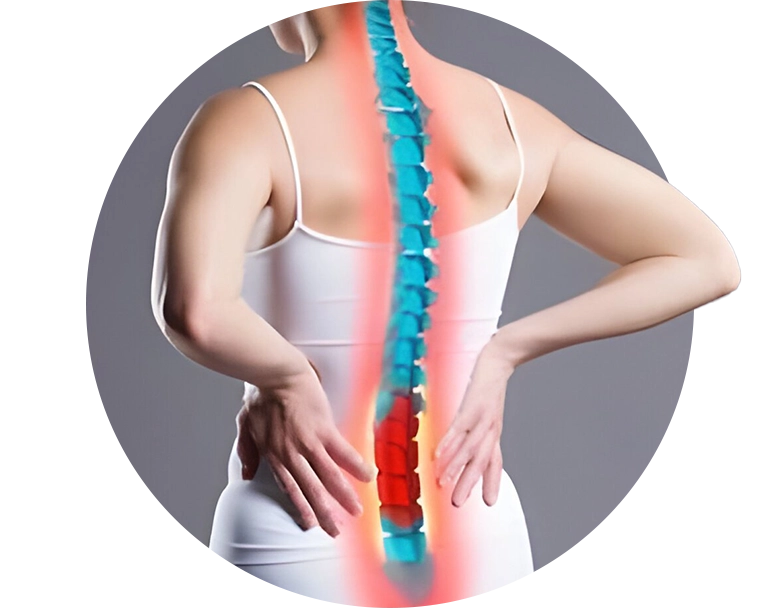
Risk Factors
- Prolonged sitting
- Excess weight
- Heavy lifting
- Unbalanced load lifting
- Trauma
- Pregnancy
- Repetitive bending or twisting movements
- Alcohol, smoking, substance abuse
- Chemicals (medicines, bleach, detergents and other cleaning products, cosmetics)
- Carbohydrate-rich diet
- Nutrition with ready-to-eat and packaged foods
- Sedentary life
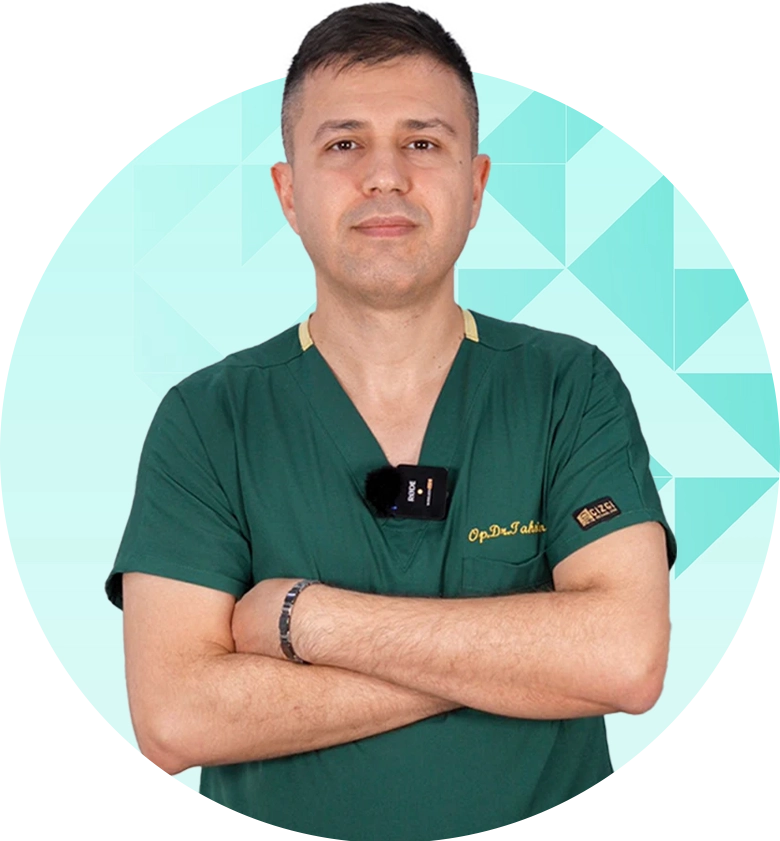

Diseases that may be associated with lumbar canal stenosis
As with most diseases, there are diseases that can be confused with lumbar canal stenosis. For example, spine or spinal cord tumours in the lower back, hip and knee joint problems, vascular occlusion in the legs, restless leg syndrome, rheumatic conditions, priformis syndrome, nerve compression in the leg, etc. can also cause complaints similar to lumbar canal stenosis. All these can usually be easily detected by a good physical and radiological examination.
Risks of Lumbar Canal Stenosis Surgery
- As with any surgical procedure, there are potential risks associated with canal stenosis surgery. These risks include infection, bleeding, partial or bedridden paralysis due to nerve/spinal cord damage, injury to internal organs or large vessels in the abdomen and death. These risks are extremely unlikely. An experienced surgeon and modern surgical techniques significantly reduce these risks.
Recovery Process After Lumbar Canal Stenosis Surgery
- The recovery process after lumbar canal stenosis surgery varies individually. After the surgery, patients are usually discharged on the same day or the next day. During the recovery process, performing the waist exercises recommended by the doctor regularly accelerates recovery and helps the waist area regain its former mobility. In the postoperative period, special attention should be paid to issues such as pain management, reducing the risk of infection and wound care. Most patients can return to their normal daily activities a few weeks after the operation, but full recovery and return to their former activity level may take several months.
When is lumbar canal stenosis surgery necessary?
- Surgery is generally recommended in the treatment of lumbar canal stenosis when conservative (non-operative) treatments fail or when the patient experiences severe loss of strength due to nerve compression and neurological problems such as urinary and bladder incontinence occur. The aim of the surgery is to relieve the compressed nerve root and reduce pain and other symptoms.
Importance of Exercises and Walks in Lumbar Canal Stenosis
- Exercises and regular walks are of great importance for people suffering from canal stenosis in the lower back. Experts state that simple exercises that can be done at home and walks that do not increase pain can alleviate the symptoms of canal stenosis. However, these exercises and walking programmes should be planned under the guidance of a neurosurgeon and physiotherapist in accordance with the individual's condition.
Lifestyle Changes for Lumbar Canal Stenosis
- Lifestyle changes are of great importance for the prevention and management of narrowing of the lumbar canal. These include regular exercise, avoiding excess weight, learning correct lifting techniques and avoiding prolonged sitting. It is important to adopt a healthy posture, a lifestyle that supports the natural curves of the spine and reduces pressure. In addition, it is necessary to avoid all harmful substances entering the body (smoking, alcohol, drugs, detergents, bleach, cosmetics, etc.). It is also very important to eat a carbohydrate-poor diet, to avoid ready-made and packaged foods and to consume at least 2-2.5 litres of water.
Lumbar Canal Stenosis Surgery Prices
Prices for lumbar canal stenosis surgery may vary depending on the treatment method, the location of the hospital and the experience of the doctor. Patients are advised to contact the relevant health institutions to get detailed information about the cost and to evaluate health insurance coverage.
Lumbar canal narrowing is a serious health problem that affects the lives of many people. With improved medical techniques and the right treatment approaches, it is possible to overcome this condition. If you are experiencing symptoms of lumbar canal stenosis, it is important to consult a health professional for early diagnosis and appropriate treatment plan. Remember, health is your most valuable asset and it is important to be proactive to protect it. With a good treatment plan and regular follow-up, it is possible to overcome the problems caused by a herniated disc.
Frequently Asked Questions
Complaints due to canal narrowing in the lower back can sometimes disappear spontaneously or even disappear completely. Whether the complaints disappear or not, the only treatment that allows the canal narrowing to widen is surgery. In some cases, even paralysis caused by a herniated disc may resolve spontaneously. The spontaneous resolution of lumbar canal stenosis cannot be said with certainty in advance according to examination and MRI findings. In order to increase the possibility of spontaneous resolution of lumbar canal stenosis, the above-mentioned lifestyle changes should be implemented.
Urgent surgical intervention may be required in symptoms such as loss of strength in the legs and/or feet, incontinence of urine or large bladder, inability to urinate, very severe pain, sudden curvature of the waist (scoliosis) due to narrowing of the lumbar canal.
One of the most typical symptoms of lumbar canal stenosis is pain radiating from the lower back to the leg, which occurs when walking. The pain usually radiates to both legs, but sometimes there may be a one-sided complaint. Sometimes the narrowing is more severe on one side, but the complaint is more severe on the opposite side. Sometimes, although the narrowing mainly compresses the nerve going to the right leg on MRI, the pain can be felt on the left side. In such cases, physical examination and EMG are much more important.
It is accepted that home exercises and walks that are not too intense are good for narrowing of the lumbar canal. However, a neurosurgeon and physiotherapist should be consulted for correct and healthy exercises.
If approved by the doctor after the doctor’s examination, regular and non-strenuous walks can be good for herniated discs.
Spinal canal narrowing usually occurs in middle-aged and older people, but some genetic factors or trauma can also cause this condition in young people.
Yes, for many patients who do not undergo surgery, symptoms can be controlled with methods such as medication, physiotherapy and injections.
The recovery time after surgery varies depending on the type of surgery and the person’s general state of health, usually ranging from a few weeks to several months.

